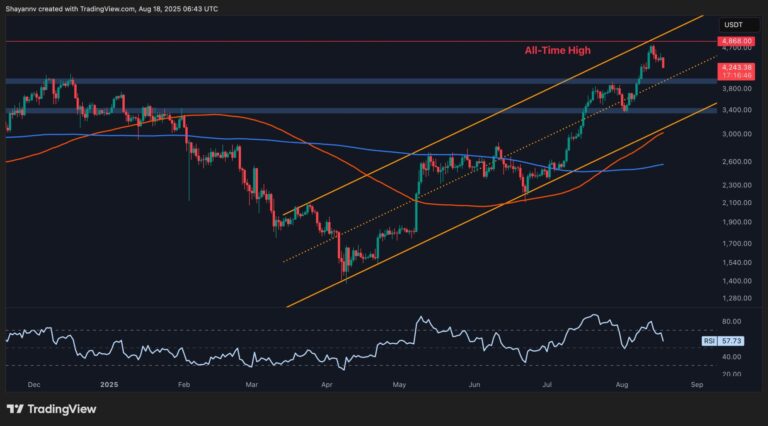[adrotate group="2"]
The recent surge in America’s technology stock valuations seemed destined for correction, and the catalyst has emerged from an unexpected quarter. China’s AI start-up, DeepSeek, has unveiled a large language model (LLM) that has led some to draw parallels with the earlier space race, where Soviet ingenuity allowed them to compete against U.S. technological advances despite having fewer resources. While the U.S. ultimately triumphed in space exploration, DeepSeek’s milestone challenges the long-held beliefs surrounding U.S. dominance in artificial intelligence (AI), which has been thought to be bolstered by extensive investments in technology and infrastructure.
DeepSeek has created an LLM that, according to AI specialists, matches the performance of major U.S. rivals such as OpenAI and Meta while claiming to require significantly fewer and less sophisticated Nvidia chips, along with a vastly reduced training budget. The legitimacy of these claims is pending verification, but if accurate, this development could present a substantial challenge to existing competitors.
What sets DeepSeek apart is its open-source model, allowing developers to access its technology freely rather than restricting it for maximum financial return. Additionally, the model can be developed with a limited budget and reduced computational resources, which has triggered declines in stock prices not only for major tech firms but also for suppliers of chip manufacturing and data center hardware.
U.S. tech giants predominantly pursue a scaling approach that involves substantial capital investment, abundant data, and extensive processing power for AI development. However, DeepSeek and French start-up Mistral have shown that smaller companies with fewer resources can create more efficient models. This efficiency is likely to stimulate further demand for their AI applications.
DeepSeek’s progress demonstrates that China can achieve advancements in AI technology despite U.S. export restrictions aimed at limiting access to powerful chips and tools necessary for development. Chinese start-ups are finding innovative methods to maximize the potential of available chips, suggesting that U.S. policies may have inadvertently fostered innovation rather than suppressed it. Furthermore, the skills of Chinese engineers in enhancing efficiency call into question the previously assumed technological advantages held by well-funded American firms like Meta, Google, OpenAI, and Anthropic.
Many democratic nations maintain a cautious stance toward China potentially leading in a transformative technology that could be perceived as contrary to Western interests. However, some political leaders, consumers, and developers might see the emergence of a more competitive market that isn’t so heavily influenced by American companies as a positive development.
The key question now revolves around not necessarily who will create the best AI models but rather who can most effectively apply them in real-world situations. Kai-Fu Lee, a prominent figure in Chinese AI development, has long posited that while China may lag in infrastructure, it excels at applying technology. Following DeepSeek’s latest achievement, the landscape appears to have become much more balanced.
photo credit: www.ft.com
[adrotate group="2"]





